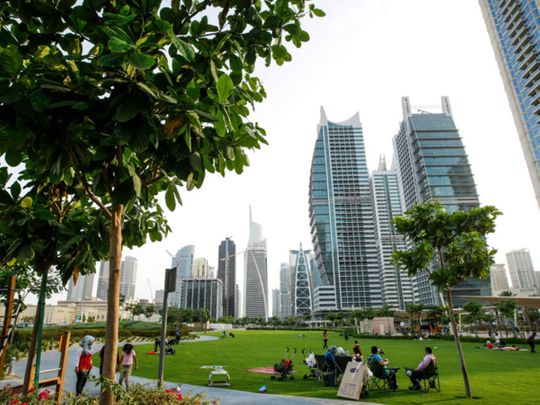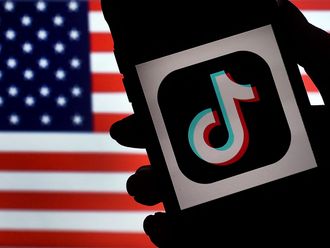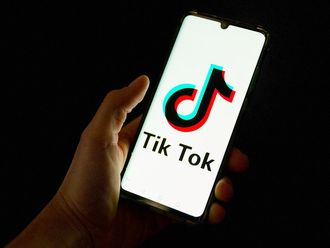
Dubai: One of the largest residential areas in new Dubai is set to welcome 5G into its neighbourhood, becoming the first smart powered district in the emirate.
Etisalat and Dubai Multi Commodities Centre (DMCC) have announced that once the first phase is launched at Jumeirah Lakes Towers (JLT), over 16,000 companies and 100,000 people will be able to benefit from the 5G network.
In a statement, Feryal Ahmadi, Chief Operating Officer at DMCC, explained that the organisation’s Smart and Sustainable District Strategy is focused on the intelligent application of data and technology to deliver a better quality of life for thousands of residents and companies in JLT.
“With Etisalat Digital’s support, DMCC will introduce a new wave of innovation to Dubai, and completely transform how we respond to the needs of the community. The smart solutions planned will accelerate our sustainability drive and increase safety, reduce health risks, lower pollution, boost social connectedness and ultimately, deliver a cleaner and more sustainable environment for all,” she said.
Etisalat Digital will roll out smart devices, services and platforms to drive efficiencies across public amenities, energy consumption, asset and building management. Etisalat Digital will also provide smart solutions related to parking, street lighting, air quality, noise pollution, environmental performance and traffic monitoring.
Salvador Anglada, Group Chief Business Officer at Etisalat, said: “Etisalat Digital’s strategic partnership with DMCC will transform the JLT community to become the first 5G powered smart district in the region, making it a more seamless, efficient and safe experience for its members, residents and visitors.
“Both entities will work together to empower the community, reduce environmental footprint, provide smart solutions to improve infrastructure and transportation and deliver efficient public utilities,” he added.
What is 5G?
5G stands for the fifth generation of mobile network technology, which should begin to be rolled out in 2020 in Asia and the United States.
Each generation has offered improvements in data transmission speed and capacity, and with 5G the networks are really set to make the transition from telephony to other objects.
What will it be able to do?
The much vaunted internet of things has so far been hobbled by the limitations of mobile networks, both in terms of transmission speeds of handsets and the fact the backbone of networks hadn’t been expanded sufficiently in many cases to handle huge volumes of data.
With 5G, transmission speeds should accelerate sufficiently to allow for self-driving cars to take to the roads or for doctors to conduct operations remotely.


_resources1_16a30b3fb8b_small.jpg)





